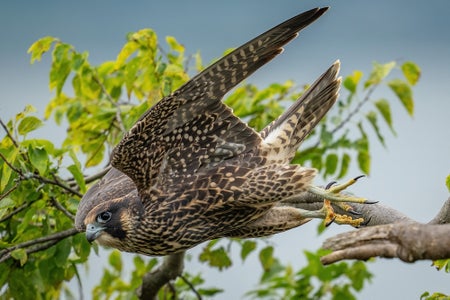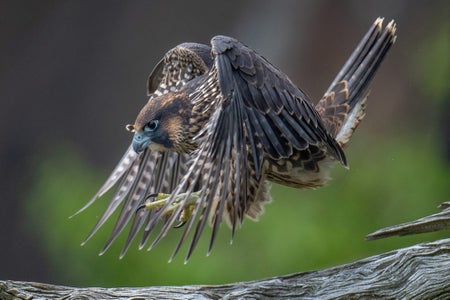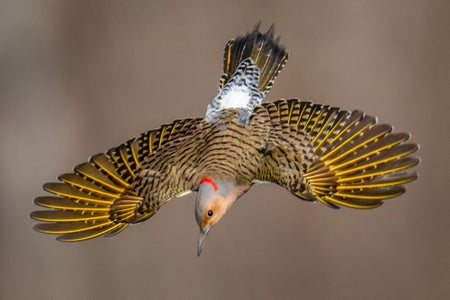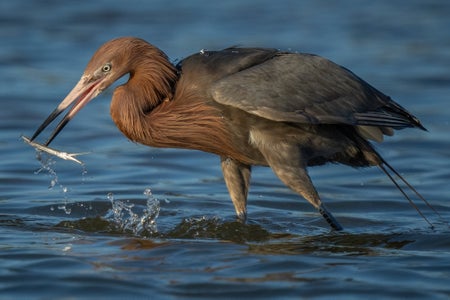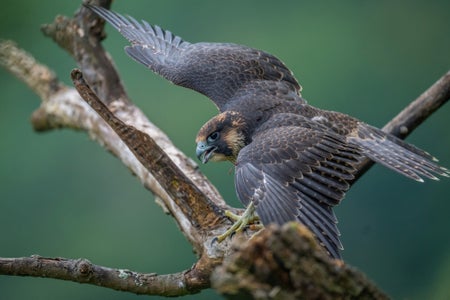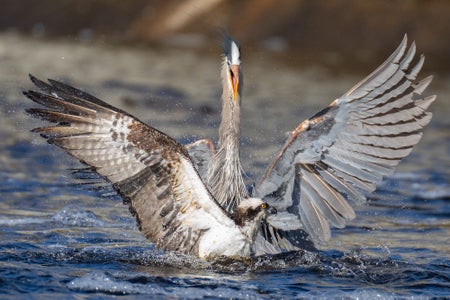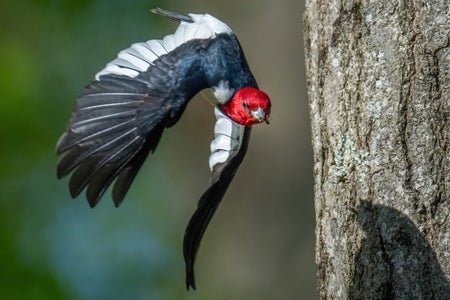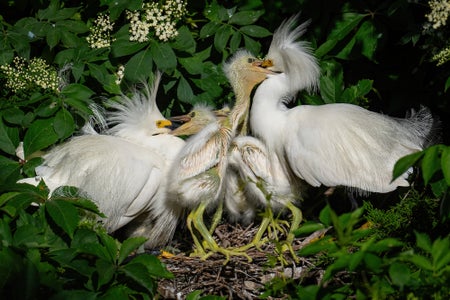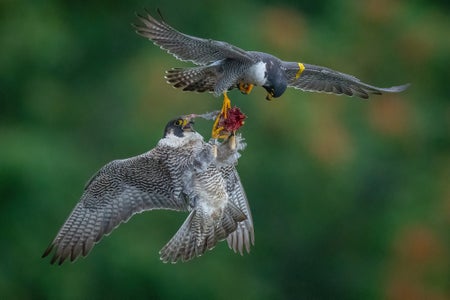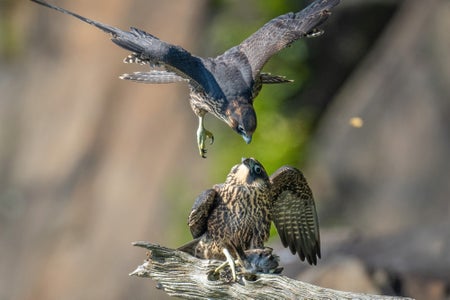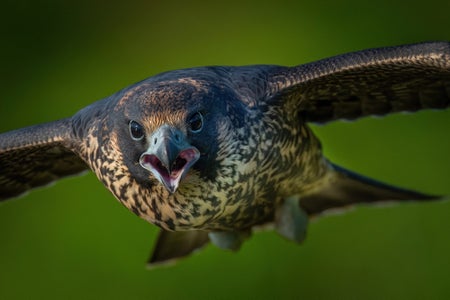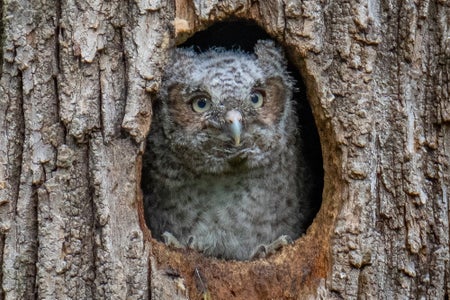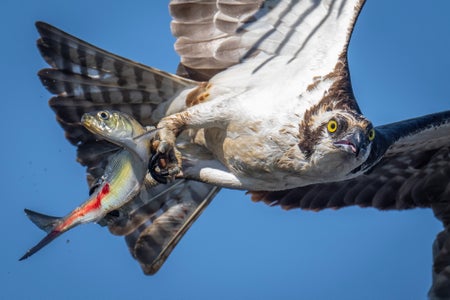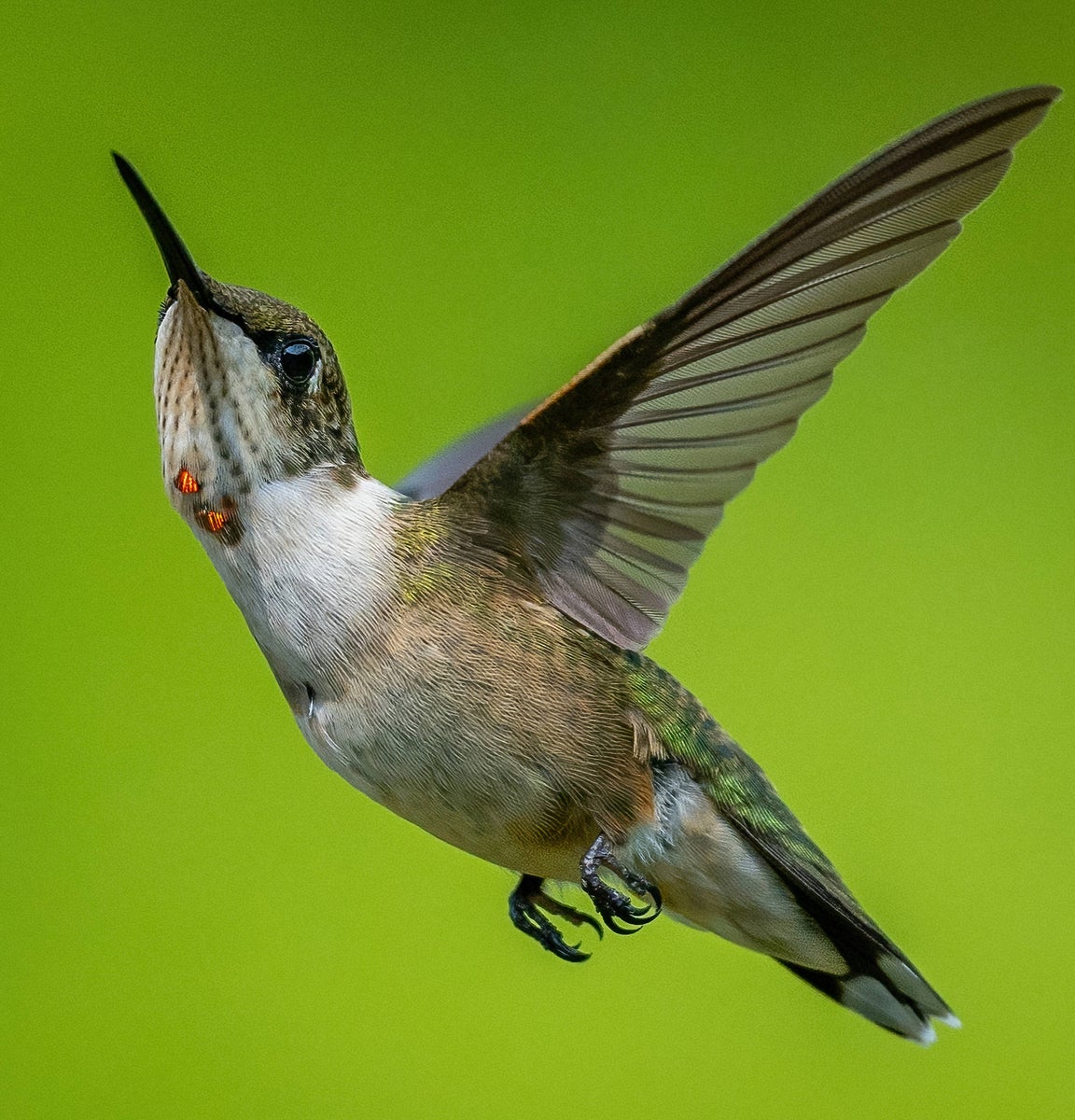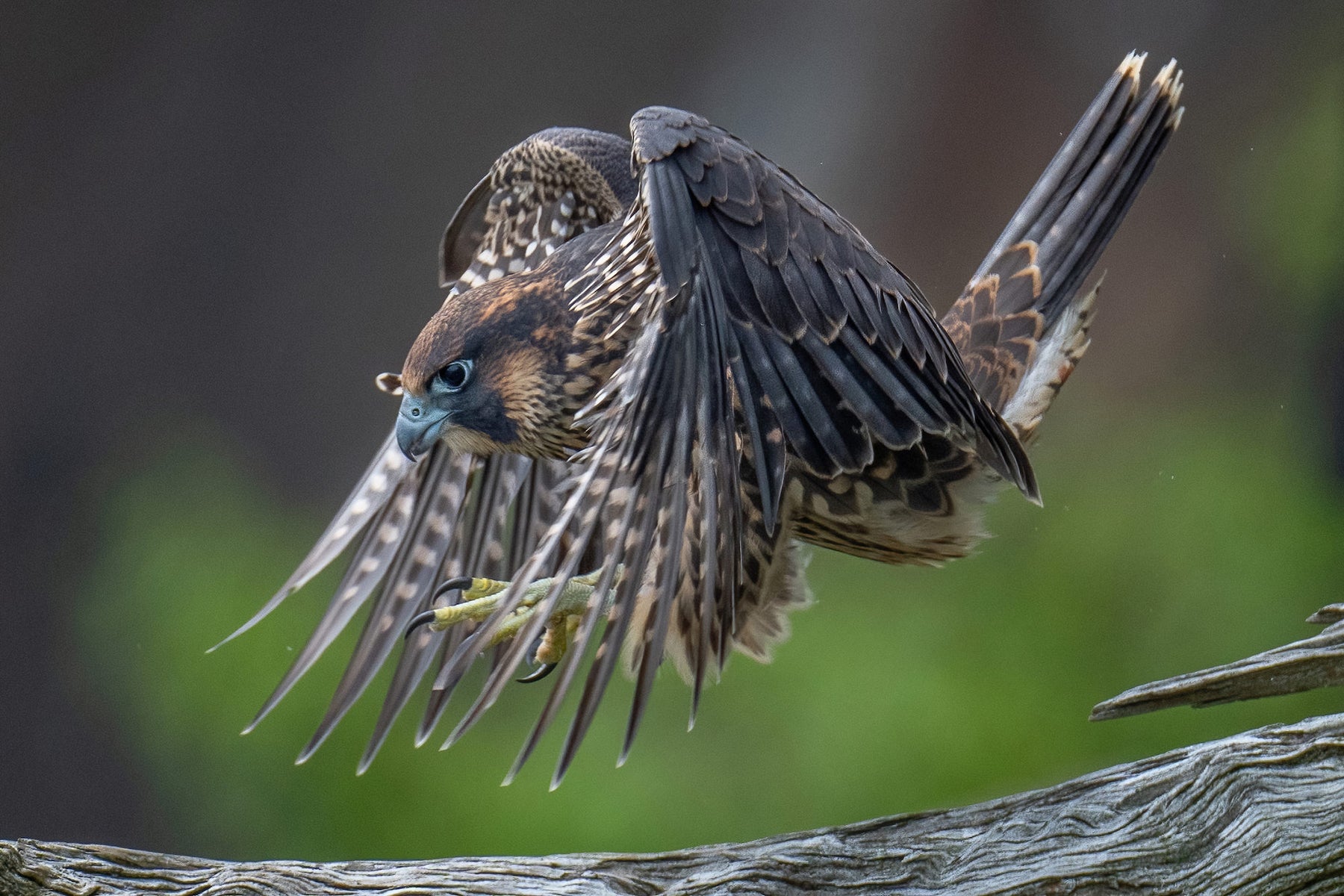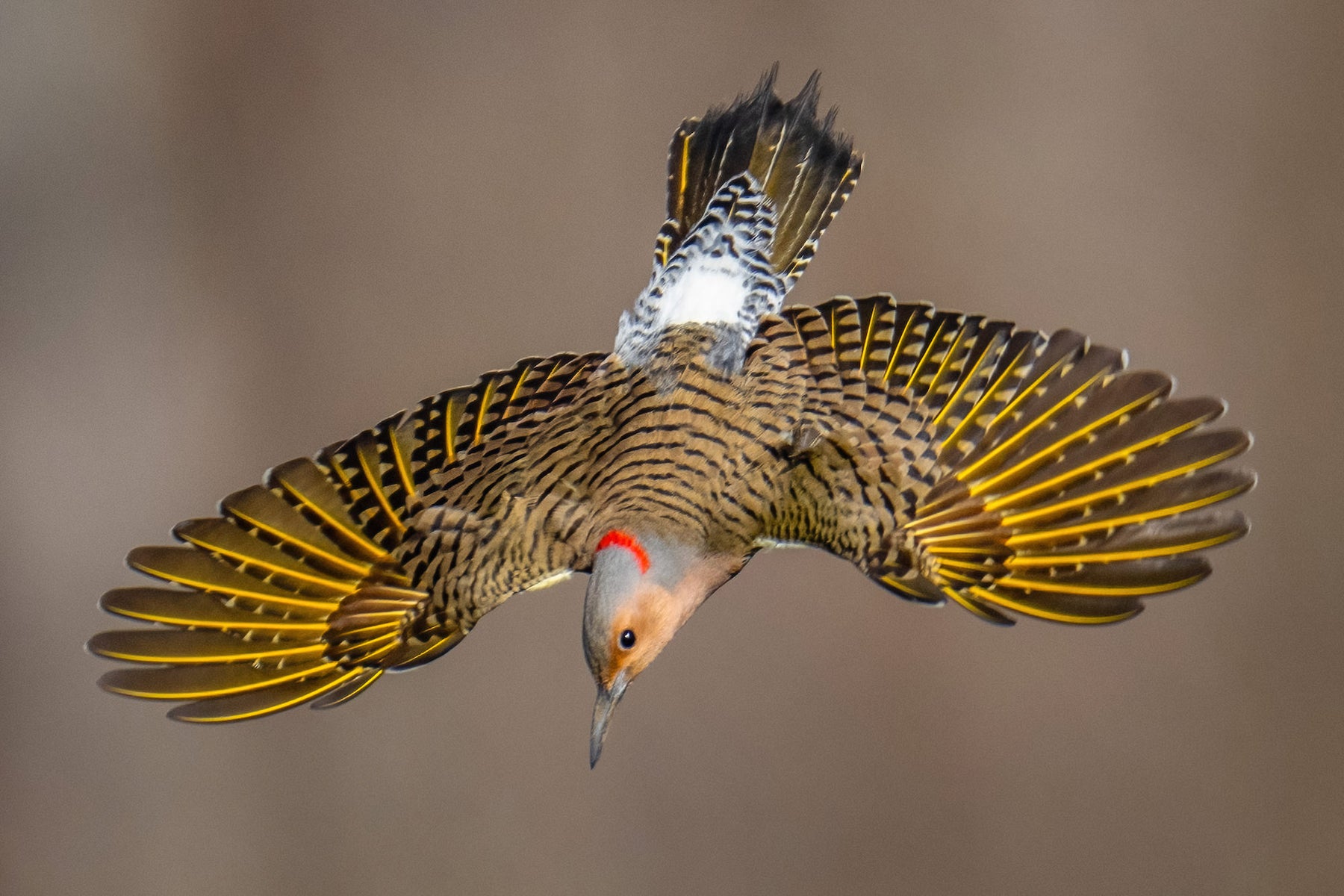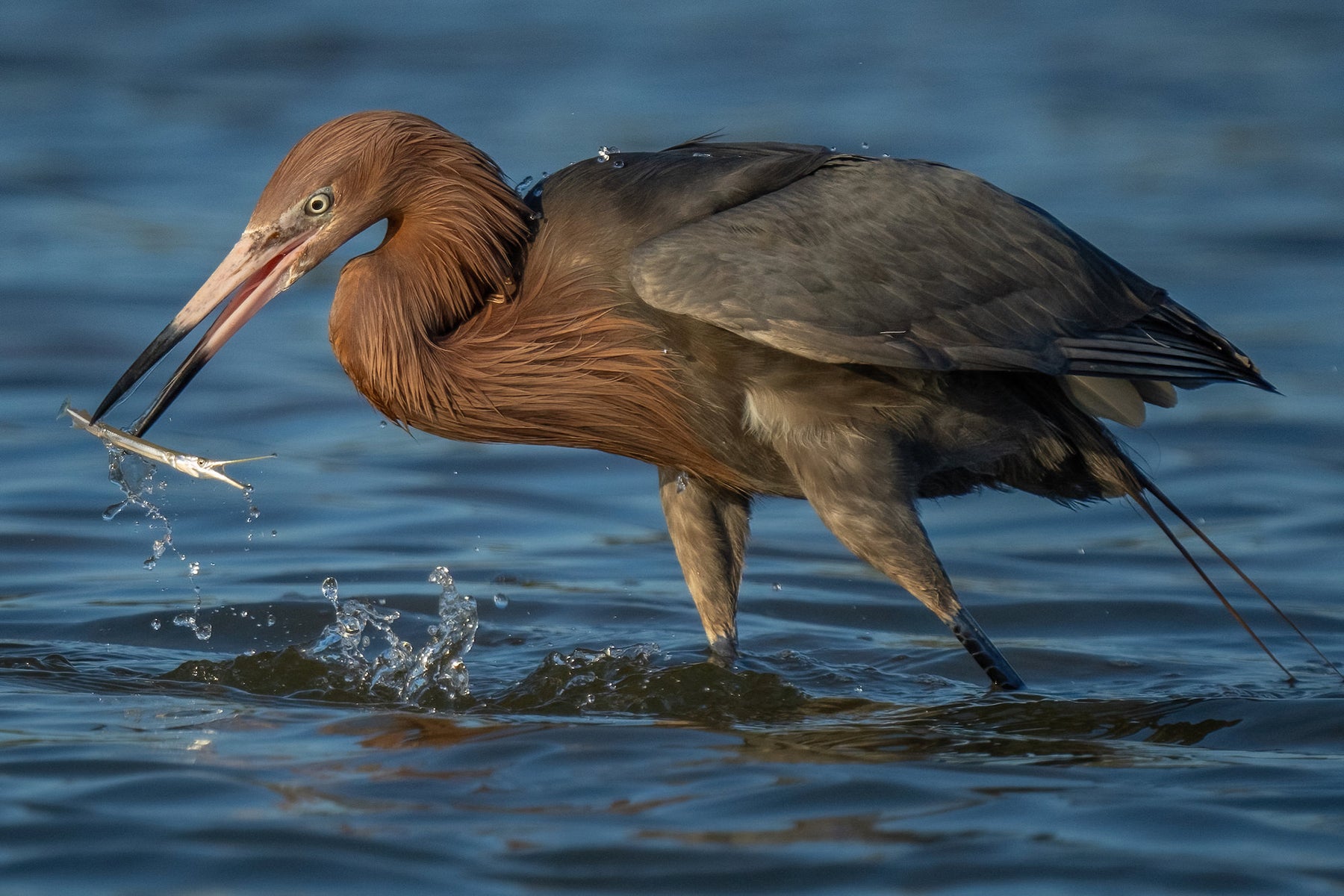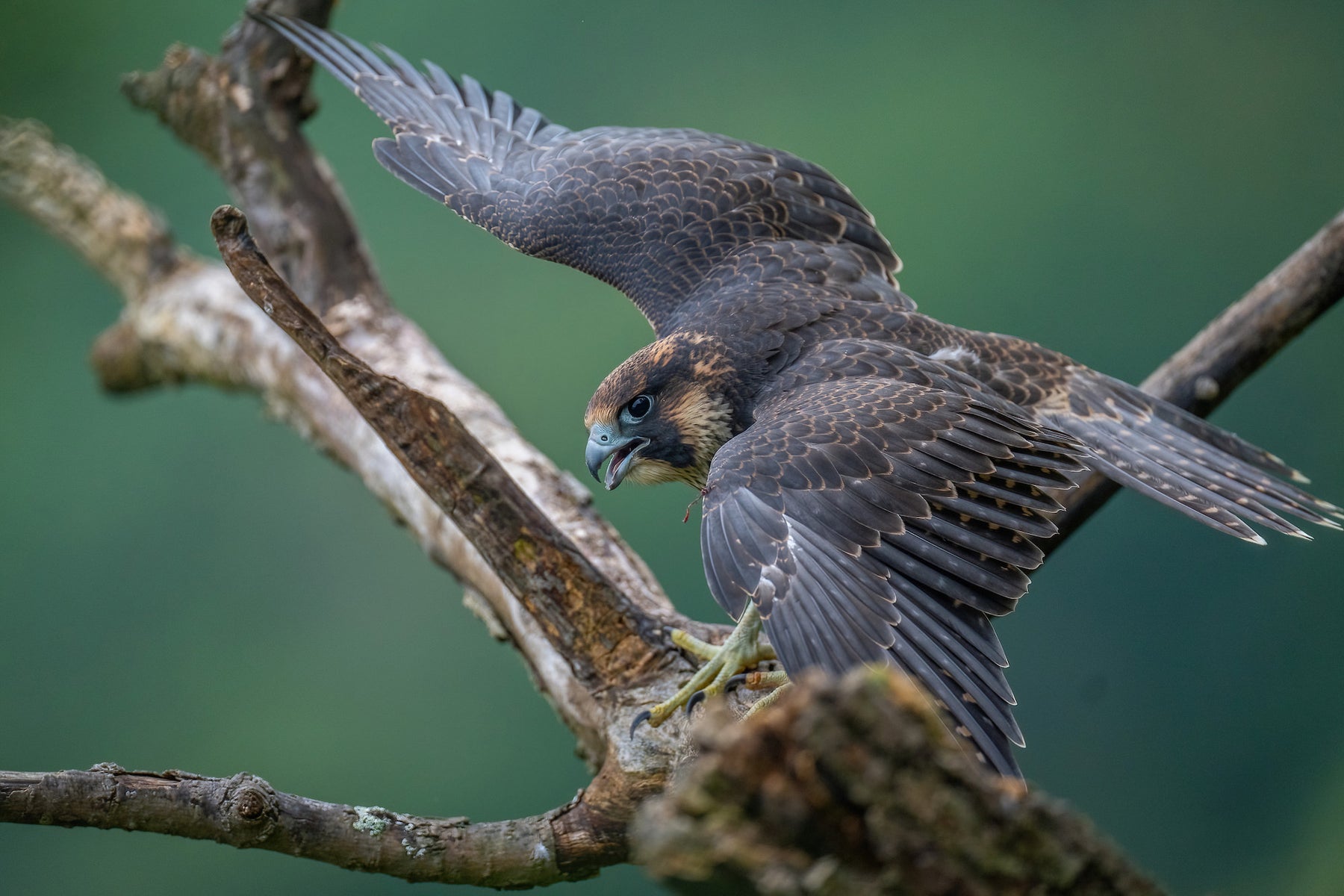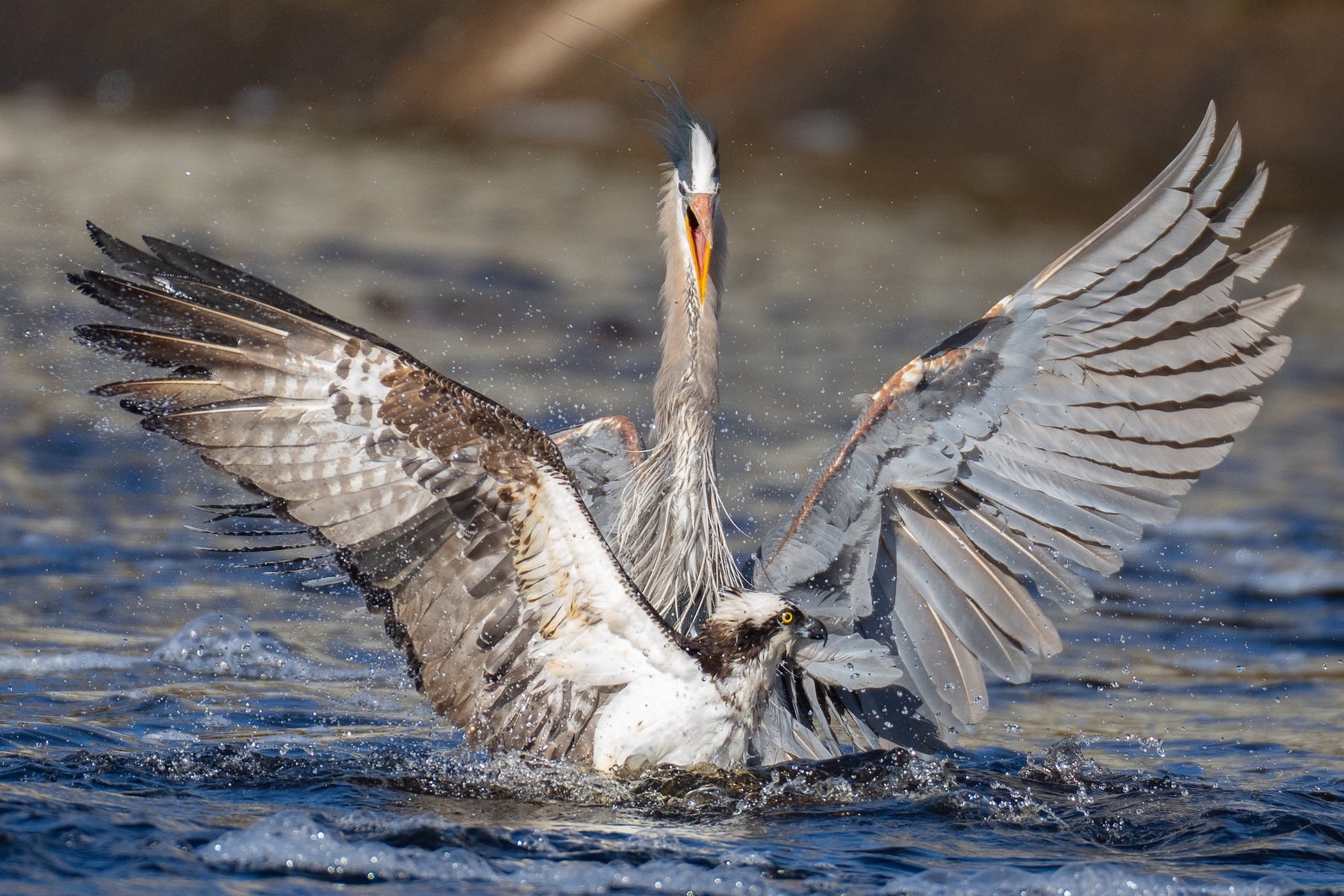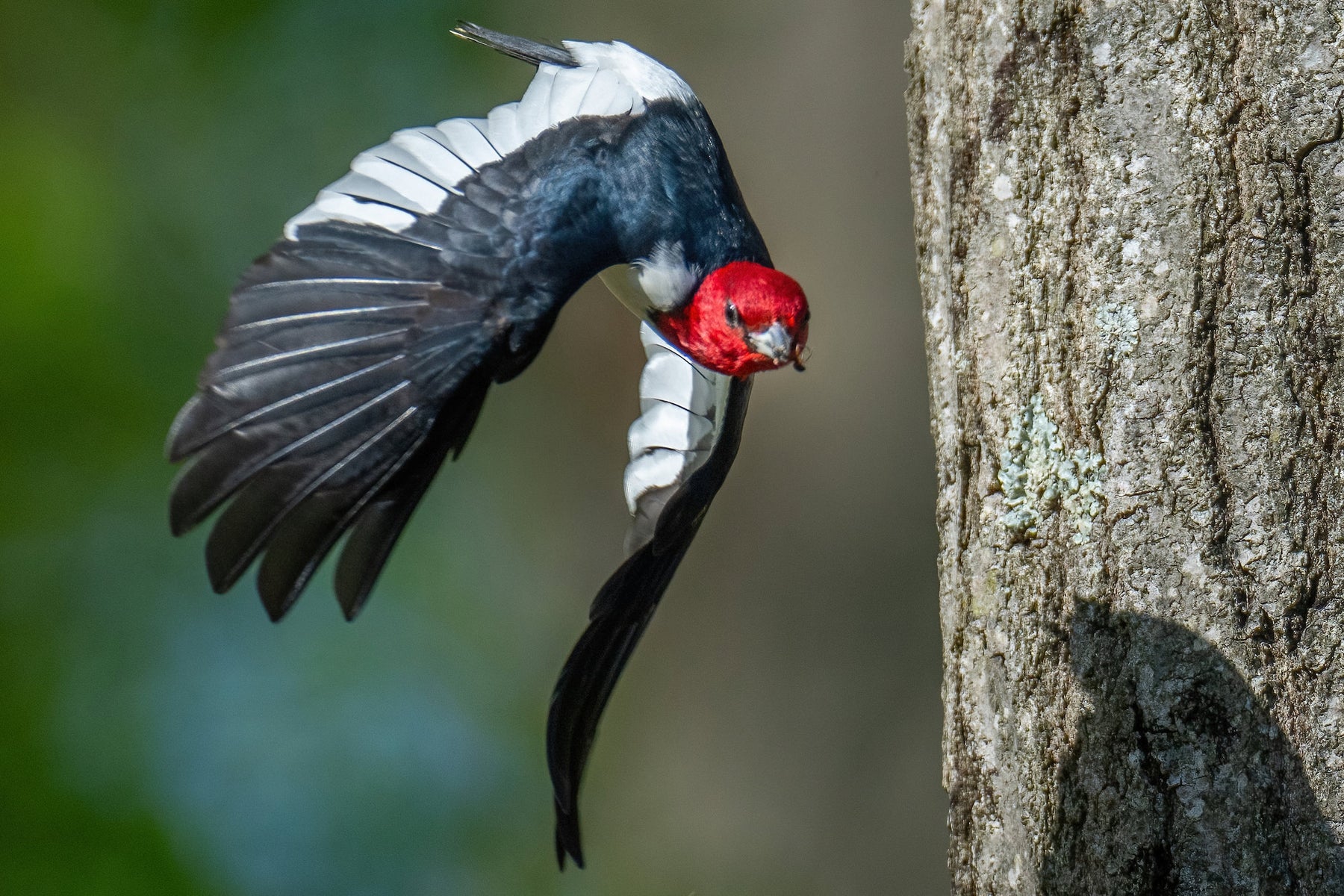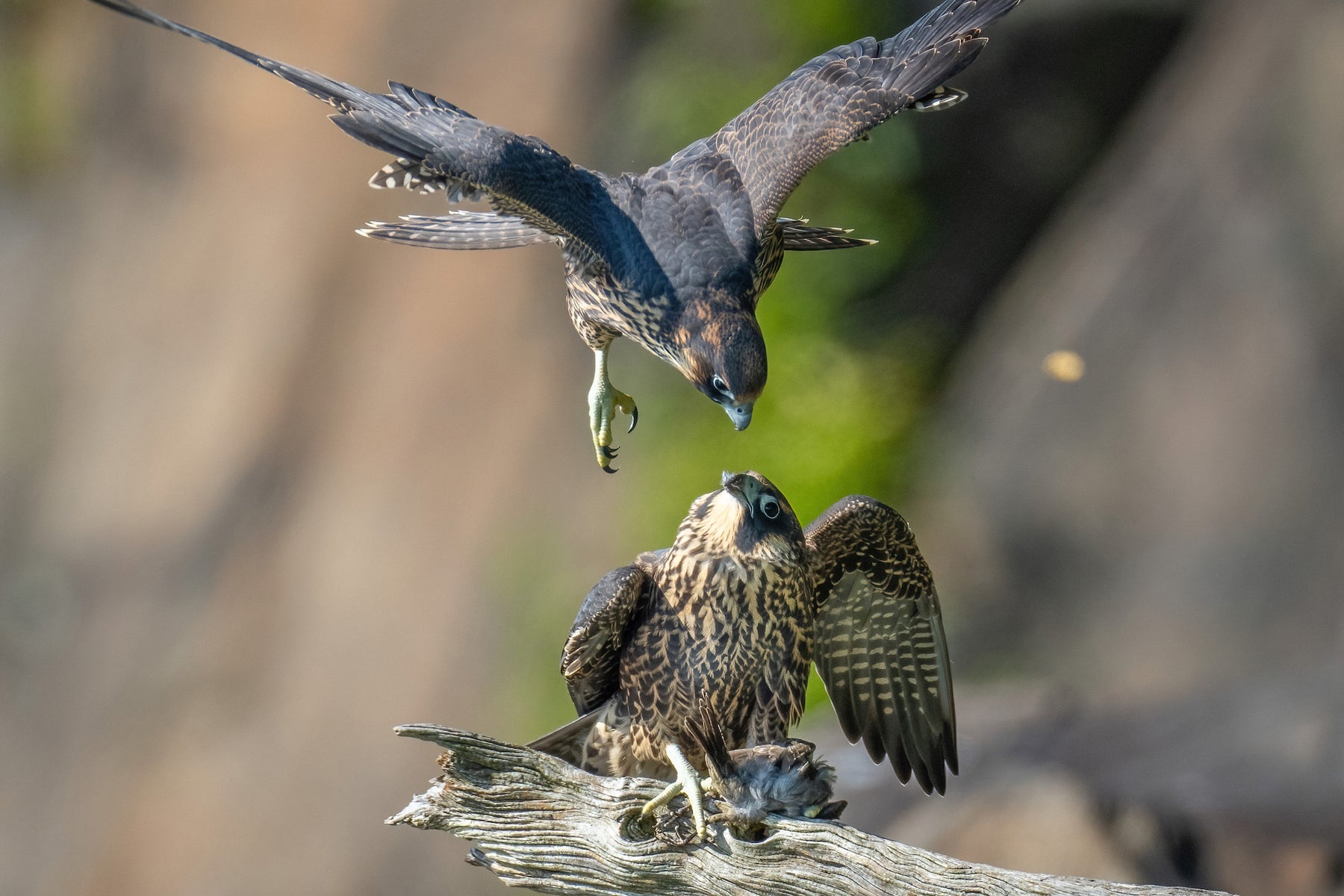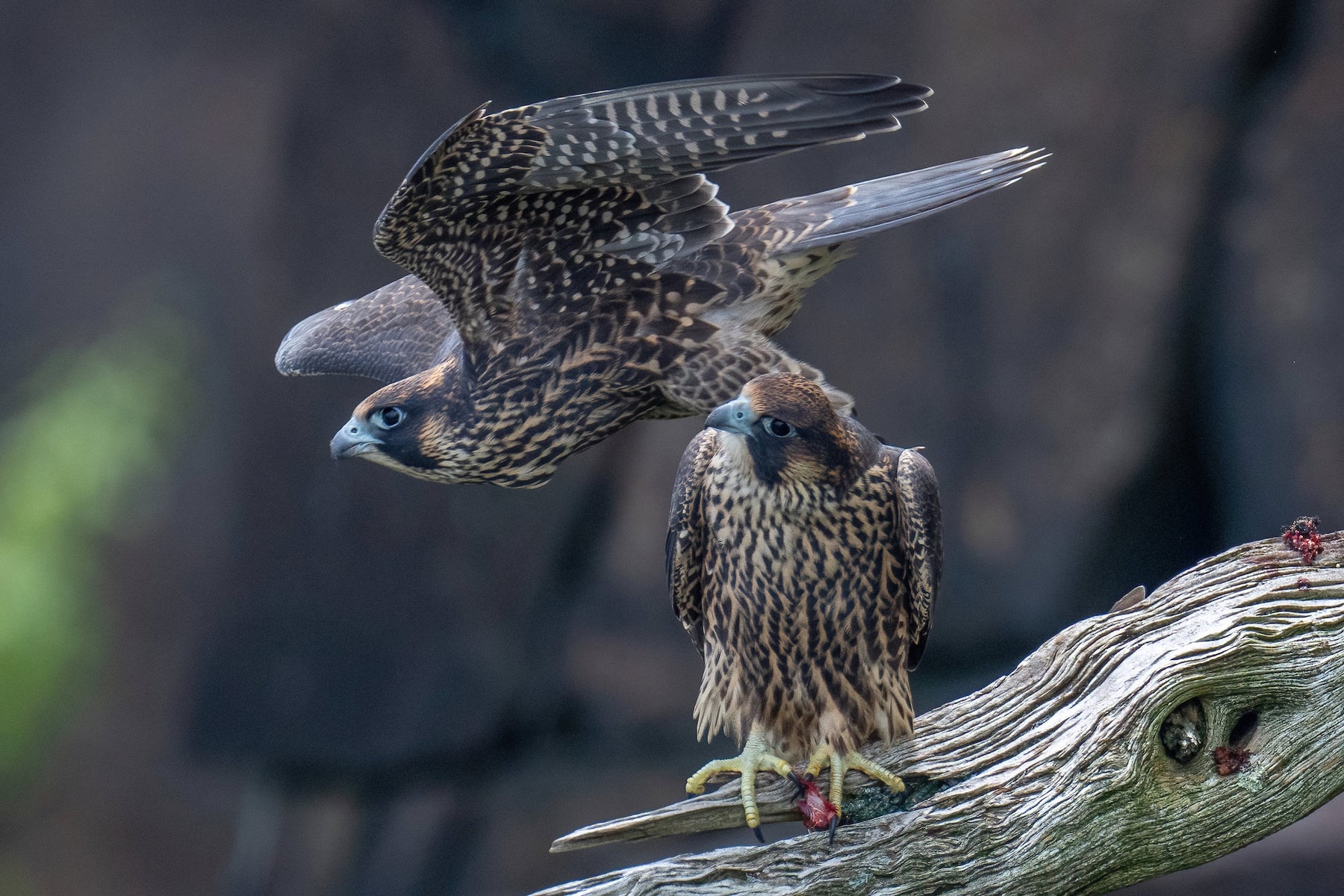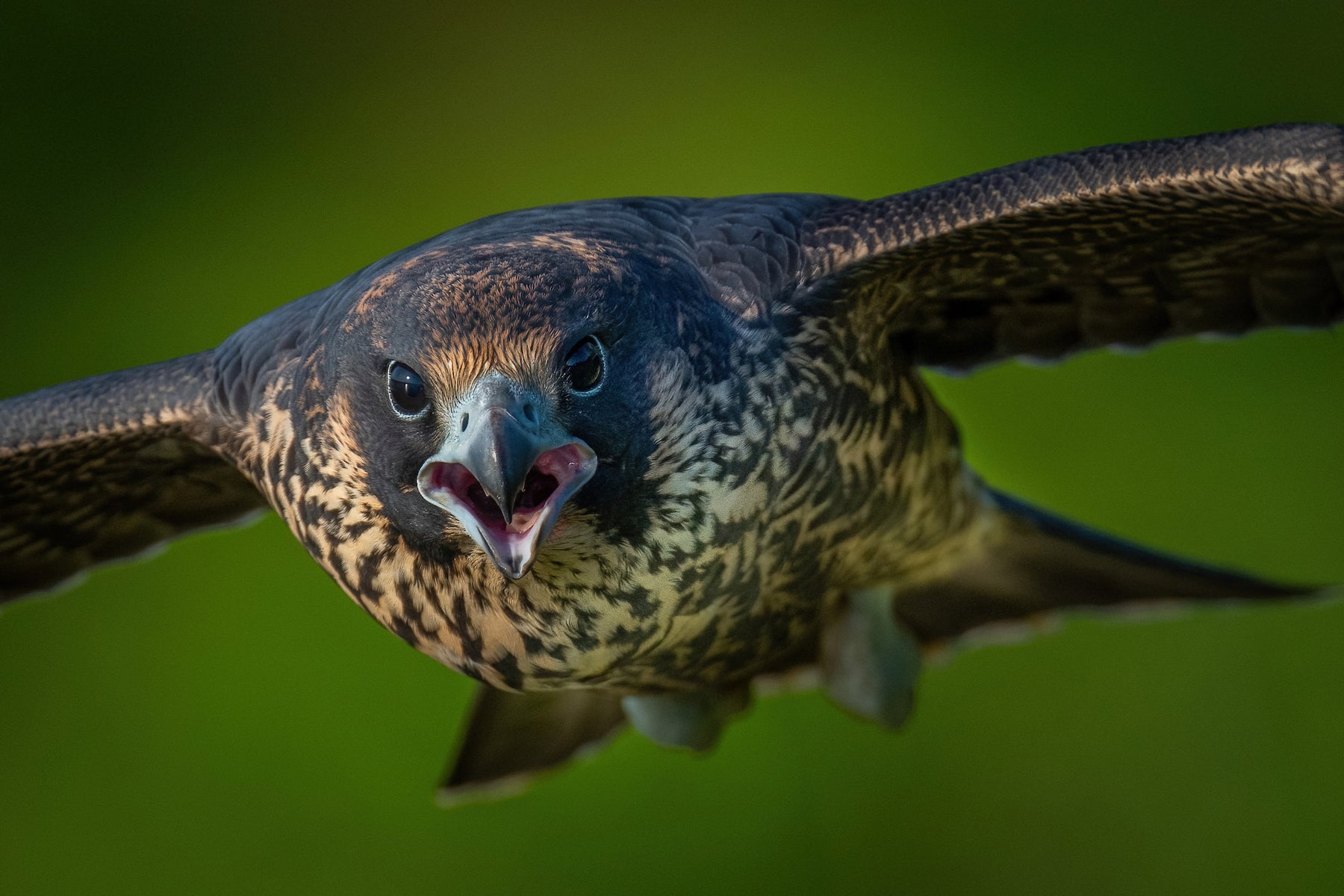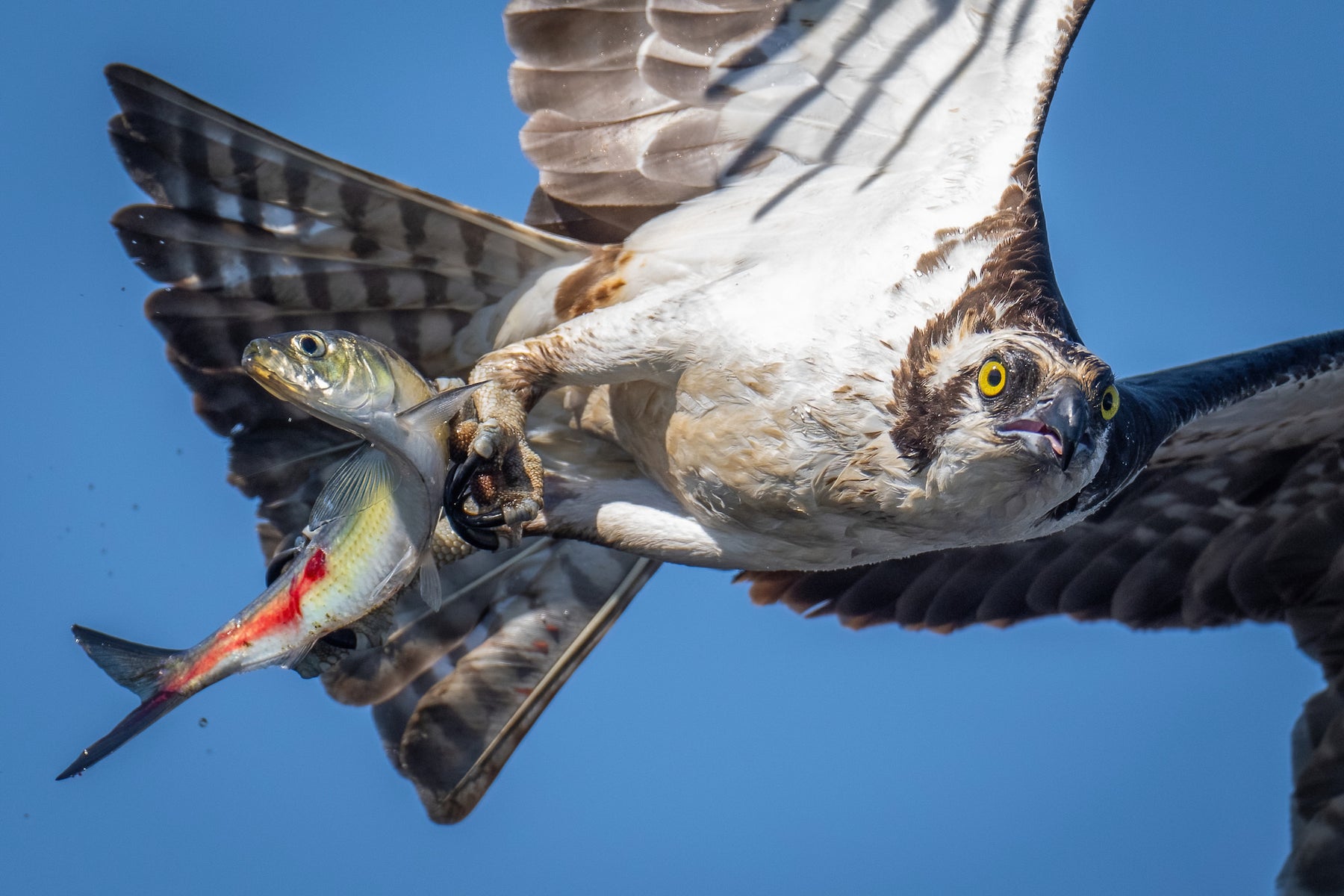James Sengul (@jamessengul) is a New Jersey-based wildlife photographer and workshop instructor who made a career shift from sports photography to capturing the natural world during the COVID-19 pandemic. “I'm deeply passionate about documenting the daily lives of wildlife and preserving their stories for future generations," he explains. "However, the looming threat of climate change is casting a long shadow over the natural world, with countless species facing extinction. I'm determined to use my photography to shed light on the challenges these animals are enduring and inspire action to protect them.” We love his authentic imagery of birds in their natural habitat and wanted to learn more about the gear he uses to capture such natural moments. Keep reading as he shares what’s in his bag.
Product Preview – In This Article You’ll Find:
–Sony Alpha 1
–Sony Alpha 9 II
–Sony 600mm f/4 G Master
–Sony 300mm f/2.8 G Master
–Sony 16-35mm f/2.8 G Master
–Sony 1.4x Teleconverter
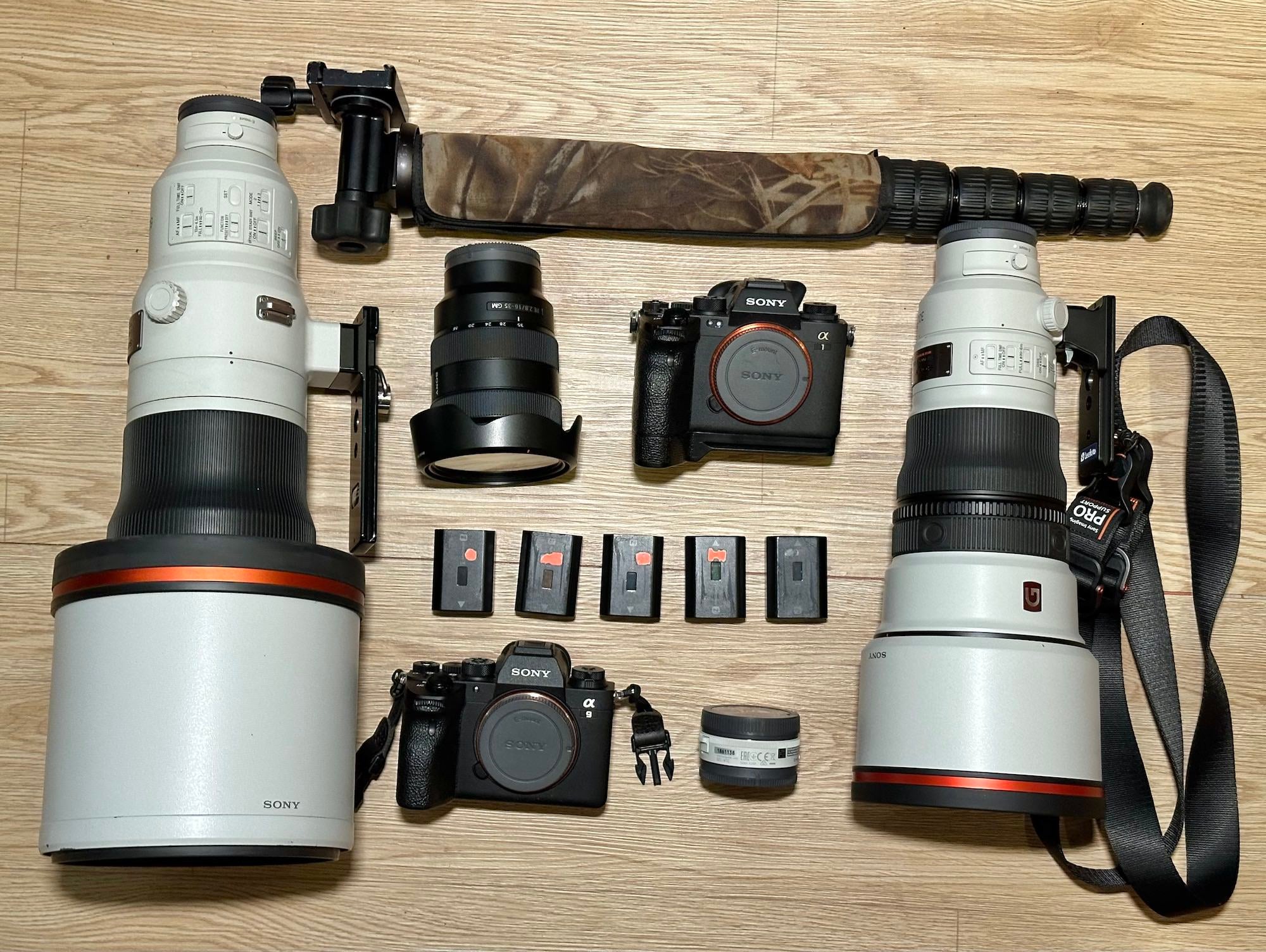
Cameras
Sony Alpha 1: My primary camera is the Sony Alpha 1. I'm captivated by its exceptional image quality and autofocus system. The camera's 50.5-megapixel image resolution is ideal for wildlife photography, especially when paired with Sony G Master lenses like the Sony 600mm f/4 G Master. I primarily use my Sony Alpha 1 in APS-C mode, which consistently delivers superb image quality and vibrant colors. The autofocus system is top-notch and perfectly designed for capturing wildlife, particularly fast-moving birds such as peregrine falcons.

Photo by James Sengul. Sony Alpha 1. Sony 600mm f/4 G Master. 1/2500-sec., f/4, ISO 500

Photo by James Sengul. Sony Alpha 1. Sony 600mm f/4 G Master. 1/2000-sec., f/4, ISO 400
Sony Alpha 9 II: My secondary camera is the Sony Alpha 9 II. Renowned for its incredible speed and low-light performance, it's specifically designed for action photography. The autofocus system is unmatched, and the image quality is exceptional. Sony cameras are built to withstand harsh conditions, and the Alpha 9 II is no exception. It delivers reliable performance in any environment. The RAW images produced by the camera offer exceptional flexibility. The camera's impressive features, including 20 fps continuous shooting with full autofocus (electronic shutter), a mechanical shutter rated for 500,000 shots, and 5.5-stop image stabilization, make it an ideal tool for wildlife photography.
Lenses
Sony 600mm f/4 G Master: My primary lens is the Sony 600mm f/4 G Master. In my opinion, it's the ultimate lens for wildlife photography. As the first 600mm prime lens designed for mirrorless cameras, it boasts exceptional image quality, rapid autofocus, and impressive image stabilization. These features combined make it a wildlife photographer's dream lens. It's also remarkably lightweight for a 600mm lens and built to withstand harsh conditions. Every penny invested in this lens is worthwhile. I'm extremely satisfied with it.
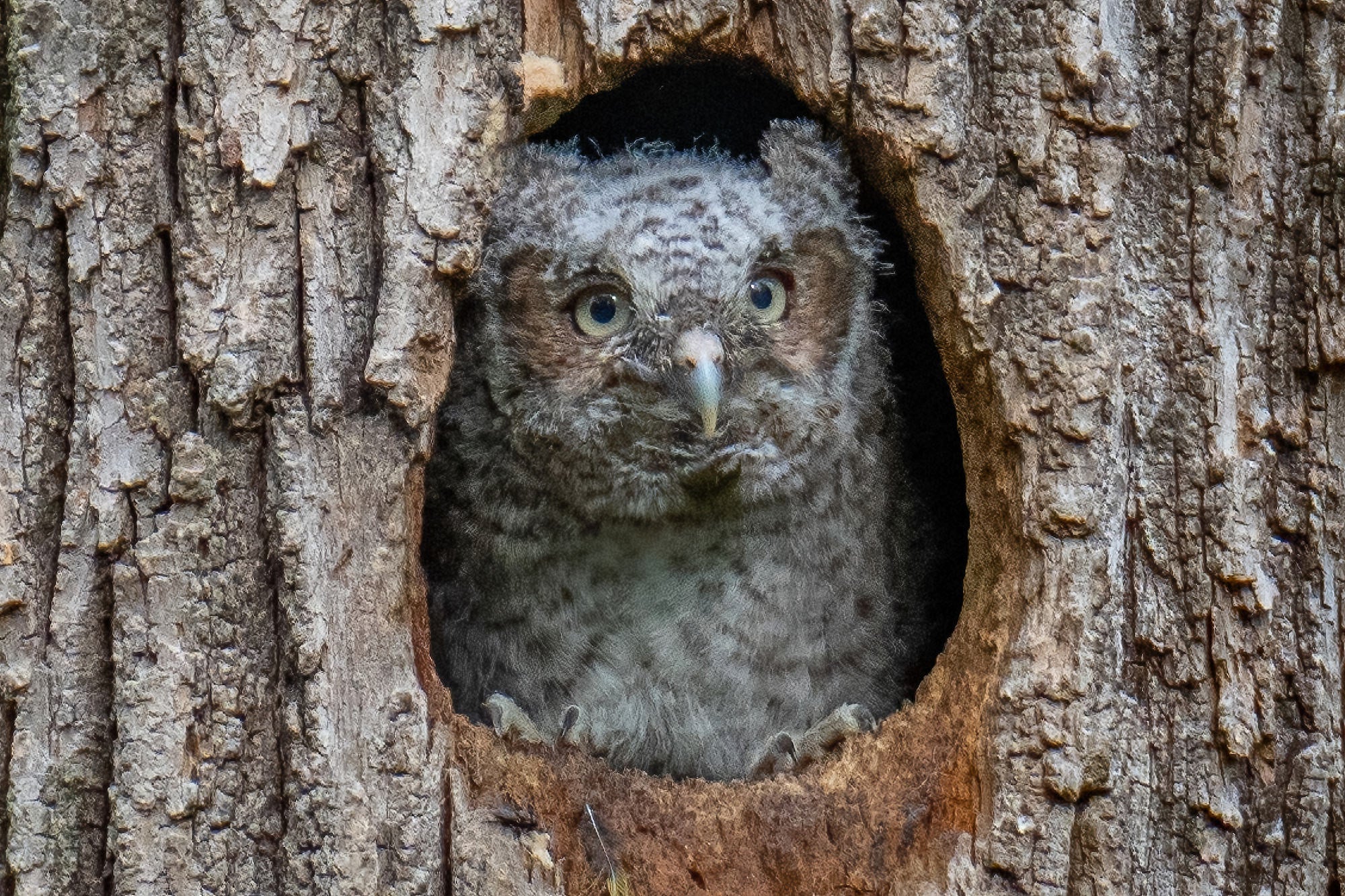
Photo by James Sengul. Sony Alpha 1. Sony 600mm f/4 G Master + 1.4x TC. 1/500-sec., f/5.6, ISO 640
Sony 300mm f/2.8 G Master: My new favorite lens is the Sony 300mm f/2.8 G Master. It's incredibly small and ultra-lightweight, making long days of wildlife photography much more enjoyable. While I primarily use the Sony 600mm f/4 G Master, I find myself reaching for the Sony 300mm f/2.8 G Master more and more. It's an outstanding choice for sports, portraits, and photojournalism. Using the Sony 300mm f/2.8 G Master with the Sony 1.4x Teleconverter is a fantastic experience without any noticeable image quality loss or autofocus slowdown.
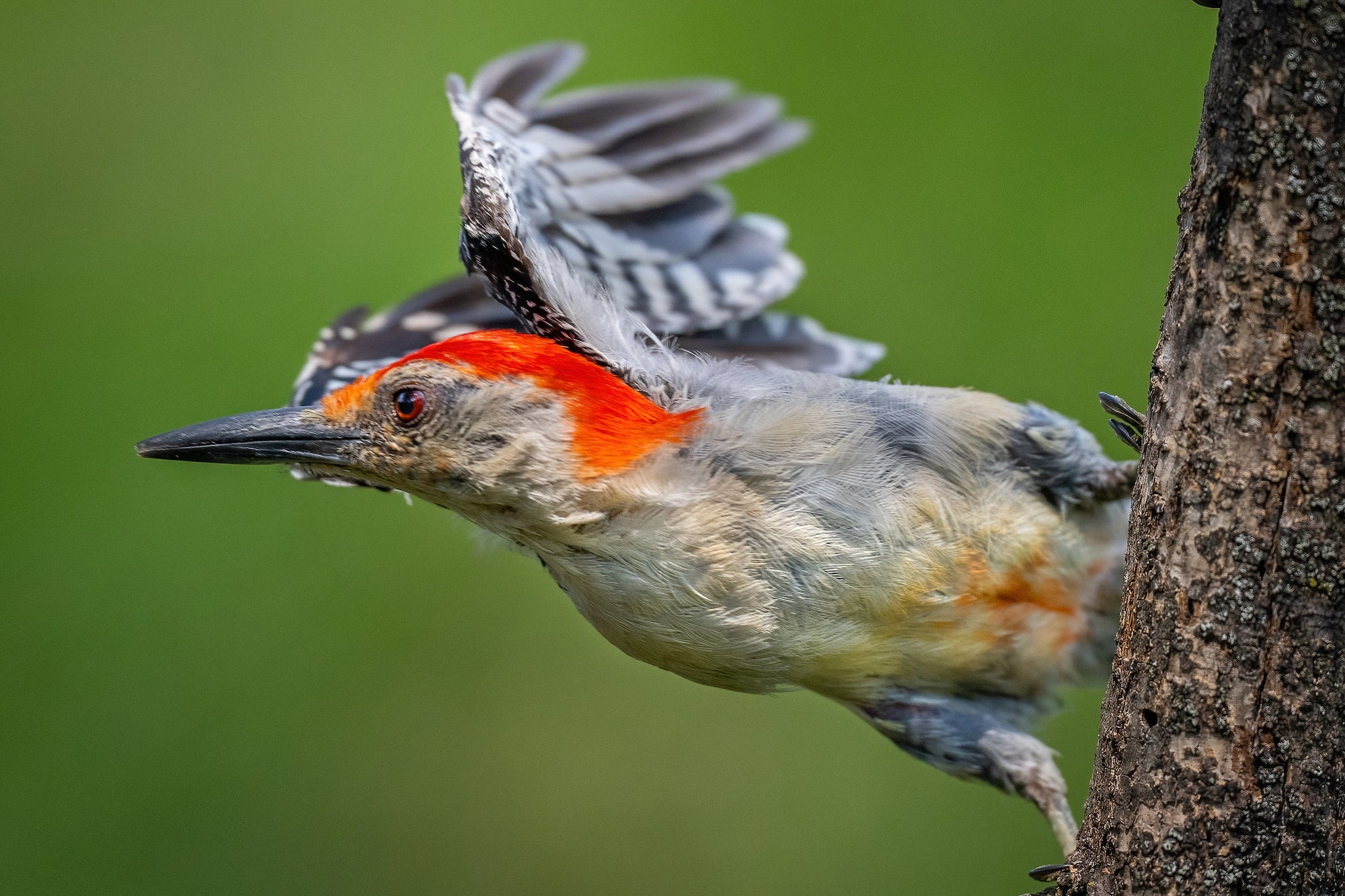
Photo by James Sengul. Sony Alpha 1. Sony 300mm f/2.8 G Master. 1/4000-sec., f/2.8, ISO 400
Sony 16-35mm f/2.8 G Master: The Sony 16-35mm f/2.8 G Master is my go-to lens for landscape photography. While I primarily use my longer prime lenses for wildlife, I don't hesitate to reach for the 16-35mm when the situation calls for it. Its versatile focal length range is perfect for capturing a variety of landscape shots.
Sony 1.4x Teleconverter: The Sony 1.4x Teleconverter is a fantastic addition to my lens collection. It provides the extra reach I need when necessary. The build quality is excellent, and it works seamlessly with the Sony 300mm f/2.8 G Master lens without compromising autofocus speed or image quality.
Accessories
Monopod/Gimbal Head: I mostly shoot handheld but I love using a monopod with Wimberley MH-100 Mono gimbal head. It gives me stability, mobility and free movement when I carry my Sony 600mm f/4 G Master.
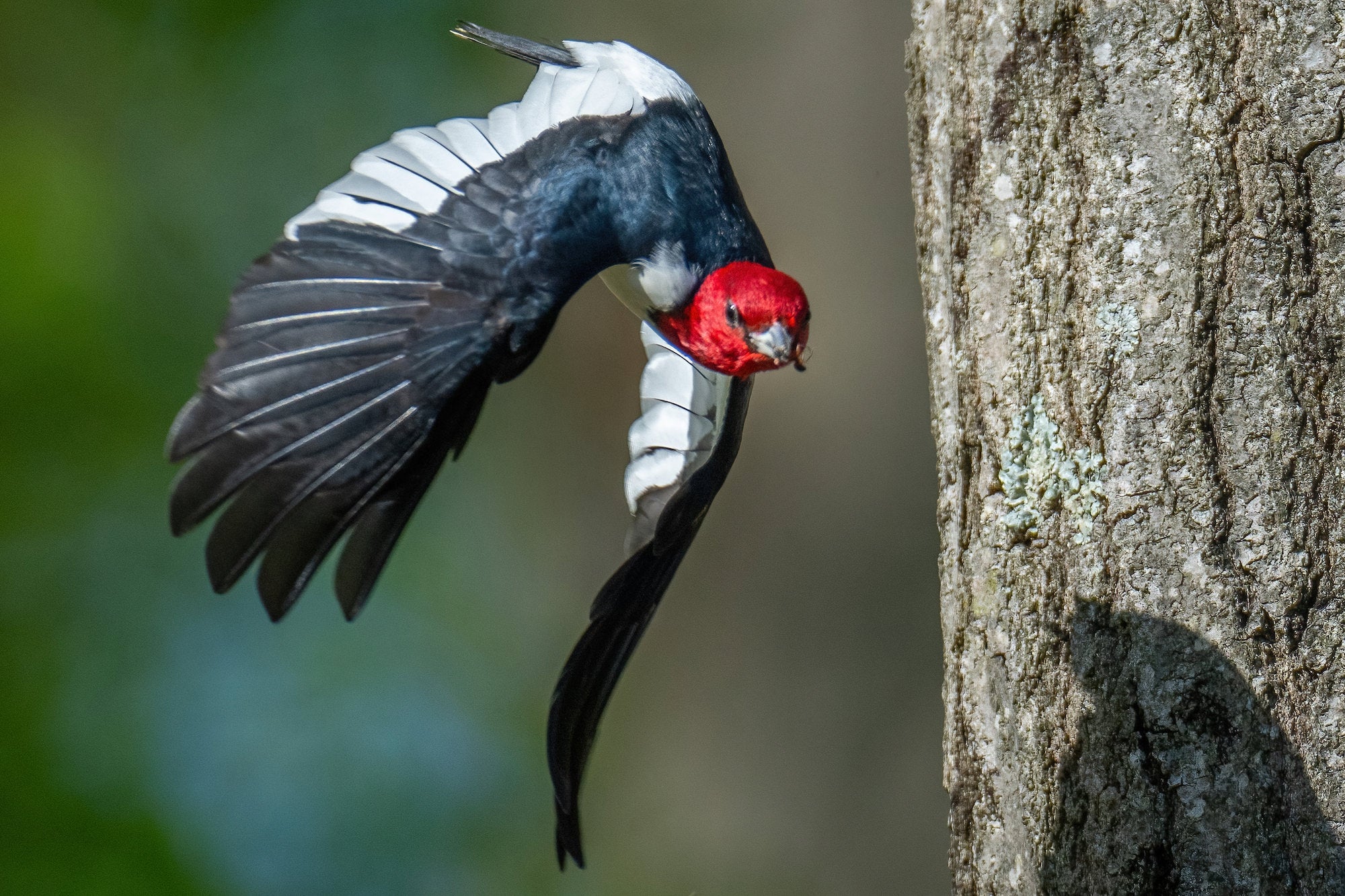
Photo by James Sengul. Sony Alpha 1. Sony 600mm f/4 G Master. 1/3200-sec., f/4, ISO 640
Spare Batteries: I also like to carry at least eight extra batteries with me for video. I don't want to miss any opportunity while I am out there for long hours.
See more of James Sengul’s work on Instagram @jamessengul.

